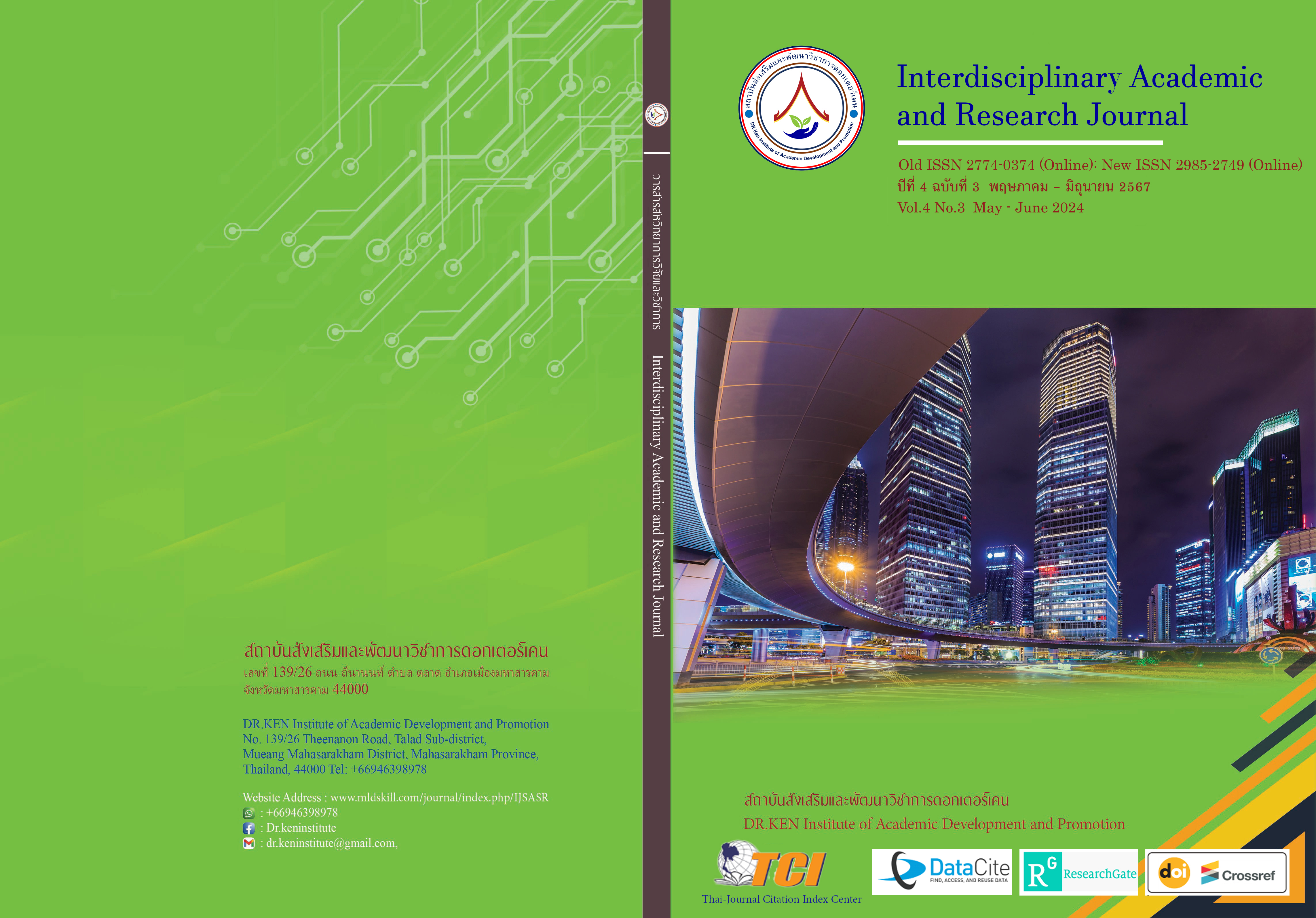An Analysis of Folk Elements in Chinese Textbooks at the Secondary School in Thailand
DOI:
https://doi.org/10.60027/iarj.2024.273773Keywords:
Chinese Textbooks for Thai; , Folk Elements; , Chinese TeachingAbstract
Background and Aims: Folk elements, being a crucial component of Chinese language instruction, receive varying degrees of attention across different series of localized Chinese textbooks. This article focuses on examining and analyzing folk custom elements in five sets of localized Chinese textbooks for secondary schools in Thailand. The objective is to offer valuable insights and references for developing localized Chinese textbooks specifically tailored for secondary education in Thailand.
Methodology: The selection of five sets of Thai localized Chinese textbooks based on the textbooks’ universality, applicability and availability. Then count number of folk elements in these selected textbooks, and classified the folk elements into four groups, and count the number and proportion of various folk elements.
Results: The proportion of material tradition elements and language tradition elements in secondary school Chinese textbooks is very high. The arrangement and presentation of traditional elements in Chinese textbooks are designed to be insufficient, Chinese traditional elements are more numerous than Thai ones. At some points, the needs and objectives of students in learning Chinese are neglected.
Conclusion: Before editing Chinese textbooks for learners in Thailand, it’s necessary to rely on a comparison between elements of Chinese and Thai as a basis. And should more emphasis on displaying elements of Thai. Folk elements selected for the arrangement of Chinese textbooks should be consistent with the level, ability, and needs of the learner in learning Chinese of Thai learners.
References
Chang, J.(2002).Folk Culture and Teaching Chinese as a Foreign Language. Journal of Shanghai University (Social Sciences Edition), 4, 24-30.
Chinese Foreign Language Exchange and Cooperation Center of the Ministry of Education. (2022). Reference Framework for Teaching Chinese Culture and National Conditions in International Chinese Education. Beijing: Chinese Language Teaching Press.
Chinese Language Exchange and Cooperation Center of the Ministry of Education.( 2021). Chinese Language Level Standards for International Chinese Education. Beijing: Beijing Language and Culture University Press.
Jingfeng, L., Lian, J. (2018). A comparative analysis of the degree of localization of three Chinese textbooks in Thailand. Journal of Yibin University. 2, 118-124.
Ruiping, Z., Liping, F.( 2016). Tiantian Hanyu. Beijing: Beijing Language and Culture University Press.
Tan, R. (2001). Folk languages and teaching Chinese as a foreign language. Language Teaching and Linguistic Studies, 5, 74-79.
Wang, Y.J. (2007).On the textbook compilation and teaching ideas of the "Chinese Folk" course for teaching Chinese as a foreign language.TCSOL Studies. 1, 32-36.
World Chinese Language Teaching Association. (2022). Professional Standards for International Chinese Teachers (T/ISCLT 001-2022). Beijing: Peking University Press.
Yiming, X. (2019). Research on folk culture in Chinese language textbook for foreign languages: taking the comprehensive course of the first year of Chinese language tutorial as an example. Master's Thesis: Yantai University.
Downloads
Published
How to Cite
Issue
Section
License
Copyright (c) 2024 Interdisciplinary Academic and Research Journal

This work is licensed under a Creative Commons Attribution-NonCommercial-NoDerivatives 4.0 International License.
Copyright on any article in the Interdisciplinary Academic and Research Journal is retained by the author(s) under the under the Creative Commons Attribution-NonCommercial-NoDerivatives 4.0 International License. Permission to use text, content, images, etc. of publication. Any user to read, download, copy, distribute, print, search, or link to the full texts of articles, crawl them for indexing, pass them as data to software, or use them for any other lawful purpose. But do not use it for commercial use or with the intent to benefit any business.
















.png)


